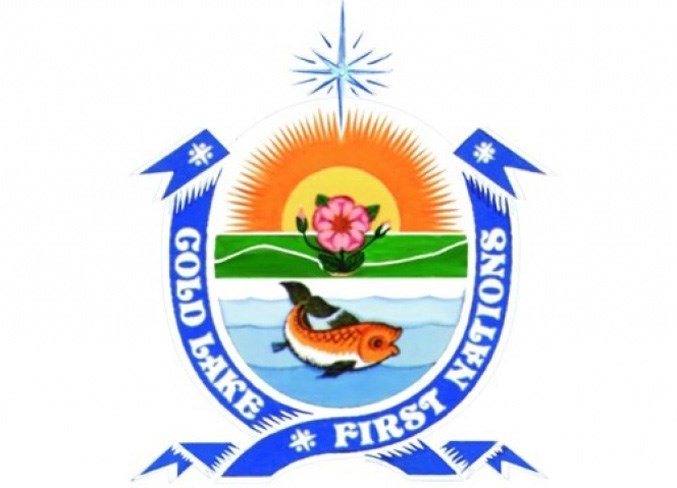The Town of Bonnyville wants to learn more about the Cold Lake First Nation’s (CLFN) land use plan.
During their regular council meeting on June 26, the Town of Bonnyville discussed a letter sent by CLFN outlining a plan for their lands and resources.
“Our municipal government now requires us to notify Cold Lake First Nations of any changes in our statuary plans,” said CAO Mark Power. “They’re recipricating by sending us this letter, even though they aren’t required to.”
The letter welcomed any input the town feels would be valuable to the planning process.
Power encouraged council to share their thoughts. They plan on informing CLFN that they’re available to meet with them to discuss what’s being planned.
“We decided it might be an idea to take them up on the offer to meet with them,” said Mayor Gene Sobolewski. “I’m very happy to dialogue with CLFN about the plan.”
Director of lands and resource management for CLFN Darren Frederick said the letter was an opportunity to share information about the land use plan with their neighbours. They wanted to guarantee everyone was aware of the plan.
“Once the plans are adopted it will become our planning document for land use on reserve land,” he explained. “We want to ensure that our neighbours are aware of its significance.”
Frederick noted the invitation to discuss the land use plan was sent out to other municipalities, and offering the chance to discuss potential partnerships in the future.
Both the MD of Bonnyville and the City of Cold Lake received the invitation, and are looking forward to participating in the dialogue and seeing the final draft.
“Bringing our neighbours into the conversation at this stage can highlight the types of opportunities that should be considered in the land use planning process,” detailed Frederick.
The plan will address housing, commercial land use, industrial, protected, agricultural, recreational lands, as well as community facilities.
CLFN began their four-phase plan in the fall of 2017, by creating an advisory committee and raising awareness of the project. The second phase began in June, when they reached out to the community through open houses and surveys in order to identify the vision they have for CLFN, if anything currently happening on reserve land is a problem, and what parts of the reserve they want protected in the future.
Frederick said a big challenge for these projects is having adequate member participation, but that hasn’t been the case for CLFN.
“Our members have provided valuable input and feedback on what they envision for our Nation’s lands,” he expressed. “Including how, and if, our lands will be developed or preserved for the social, economic, and cultural benefit for our future generations.”
Frederick said members of CLFN have identified current weaknesses on how the lands are being utilized, and have recognized potential ways of improving the nation’s land use strategy.
A draft of the plan will be created in phase three, and will be presented to the community to ensure it reflects community members priorities. The final phase will create an action plan for the land, and the chief and council will adopt it as a bylaw.



